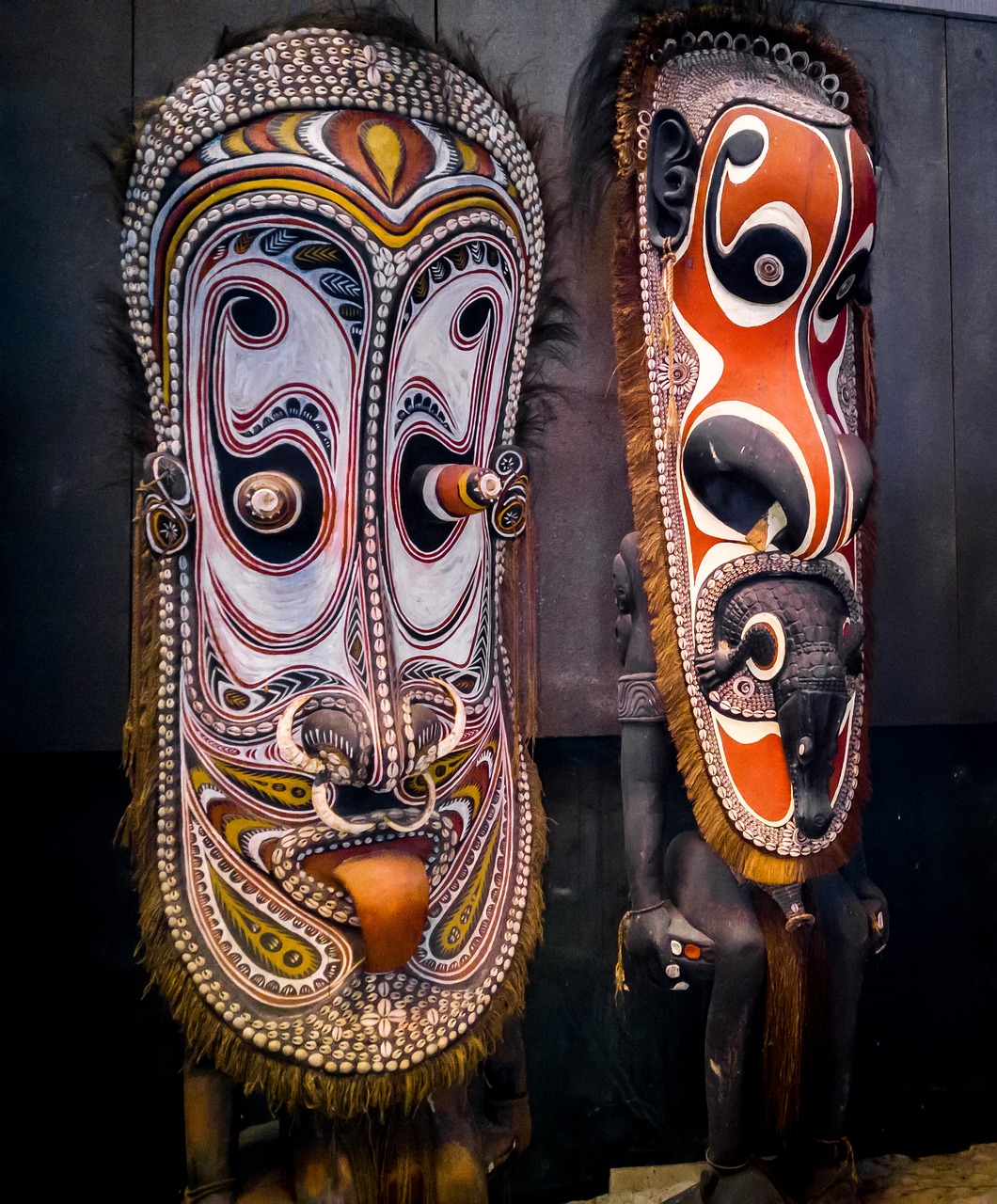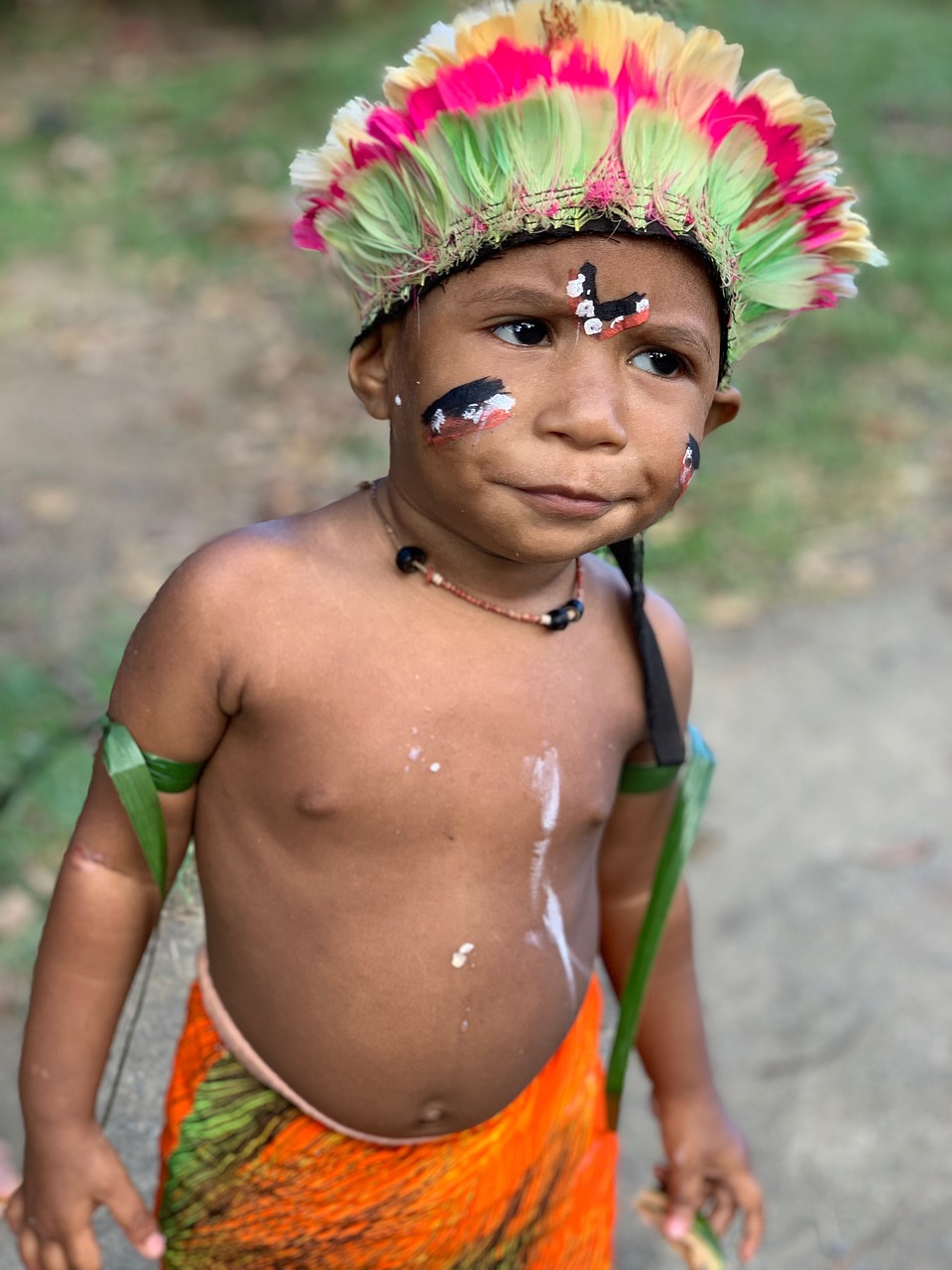Language and Communication: Overcoming Barriers in Papua New Guinea
Language and communication play a crucial role in society, allowing individuals to express themselves, share ideas, and connect with others. In Papua New Guinea, a country known for its rich linguistic diversity, language serves as a bridge that connects people from different cultures and backgrounds. However, it also presents unique challenges, as the country faces numerous barriers to effective communication. This article explores the various barriers to language and communication in Papua New Guinea and the efforts being made to overcome them.
Barriers to Language and Communication
Effective communication is essential for social, economic, and political development. Unfortunately, Papua New Guinea faces several barriers that hinder effective language and communication. These barriers include:
- Linguistic Diversity: Papua New Guinea is home to over 800 languages, making it one of the most linguistically diverse countries in the world. This diversity poses challenges in terms of finding common languages for communication.
- Geographical Isolation: The country’s rugged terrain and remote communities make it difficult for individuals to interact and communicate with each other, especially in areas with limited infrastructure.
- Limited Literacy: Papua New Guinea has relatively low literacy rates, with many individuals having limited reading and writing skills. This hampers effective communication, particularly in written forms.
- Traditional Communication Practices: In many rural communities, traditional communication practices, such as storytelling, songs, and dances, are still prevalent. While these practices are culturally significant, they may not always facilitate effective communication in modern contexts.
- Technological Barriers: Limited access to technology, such as internet connectivity and mobile phones, poses challenges for communication, especially in remote areas.
- Socio-cultural Factors: Socio-cultural factors, such as gender roles and hierarchical structures, can impact communication dynamics and hinder effective information exchange.
- Language Shift: The dominance of certain languages over others can lead to language shift, where younger generations gradually stop using their native languages in favor of more dominant languages. This can result in the loss of linguistic diversity and communication barriers.
- Colonial Legacy: The colonial history of Papua New Guinea has influenced its linguistic landscape, with English becoming the language of education and administration. This can create a language barrier for those who do not have proficiency in English.
- Interethnic Tensions: Papua New Guinea is a diverse country with numerous ethnic groups. Interethnic tensions can create communication barriers, as individuals from different groups may have limited understanding or trust in each other’s languages and cultures.
- Education System: The education system in Papua New Guinea faces challenges in providing quality education to all citizens, including language instruction and literacy programs.
- Health Communication: Effective communication is vital in healthcare settings. However, language barriers can hinder the delivery of healthcare services, especially in remote areas with diverse linguistic communities.
- Media Accessibility: Limited access to media, including radio and television, can impact information dissemination and communication channels.
Efforts to Overcome Language and Communication Barriers
Recognizing the importance of effective communication, Papua New Guinea has undertaken various initiatives to overcome language and communication barriers. These efforts include:
- Language Policies: The government has implemented language policies to promote and preserve indigenous languages, ensuring their inclusion in education and official communication.
- Language Translation and Interpretation Services: Translation and interpretation services are being developed to facilitate communication between different language groups, particularly in legal, healthcare, and government settings.
- Literacy Programs: Initiatives focusing on improving literacy rates and promoting reading and writing skills are being implemented to enhance communication abilities.
- Technology Advancements: Improvements in technology, such as the expansion of mobile networks and internet access, are bridging communication gaps and providing opportunities for digital communication.
- Cultural Exchange Programs: Cultural exchange programs promote understanding and appreciation of different cultures, fostering better communication between diverse communities.
- Community Radio Stations: Community radio stations are being established to provide localized information and promote communication in areas with limited media accessibility.
- Education Reforms: Reforms in the education system aim to improve language instruction and promote multilingual education, ensuring that students have proficiency in their native languages while also acquiring proficiency in other languages.
- Interethnic Dialogue: Efforts are being made to foster dialogue and understanding between different ethnic groups, promoting communication and collaboration.
- Healthcare Language Services: Language services, such as trained interpreters and translated materials, are being implemented in healthcare settings to overcome language barriers and ensure effective communication with patients.
Papua New Guinea Image 1:

Conclusion
Language and communication barriers in Papua New Guinea present unique challenges in a country known for its linguistic diversity. However, through various initiatives, the government and communities are working towards overcoming these barriers and promoting effective communication. By recognizing the importance of language preservation, technological advancements, and intercultural understanding, Papua New Guinea is paving the way for improved communication and social cohesion in the future.
References
– National Statistical Office of Papua New Guinea: www.nso.gov.pg
– Papua New Guinea Department of Education: education.gov.pg
– World Bank: www.worldbank.org
– United Nations Development Programme: www.pg.undp.org

